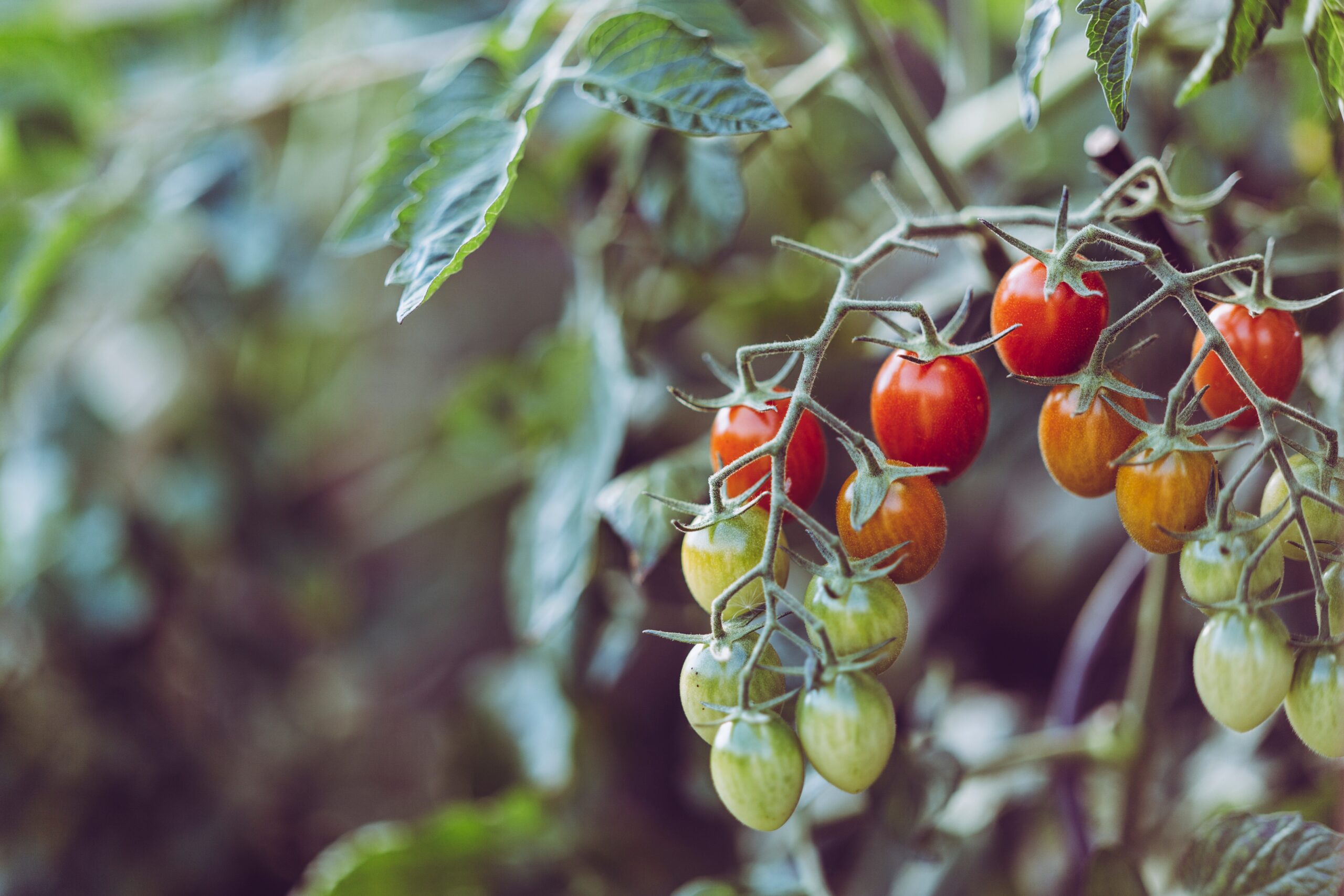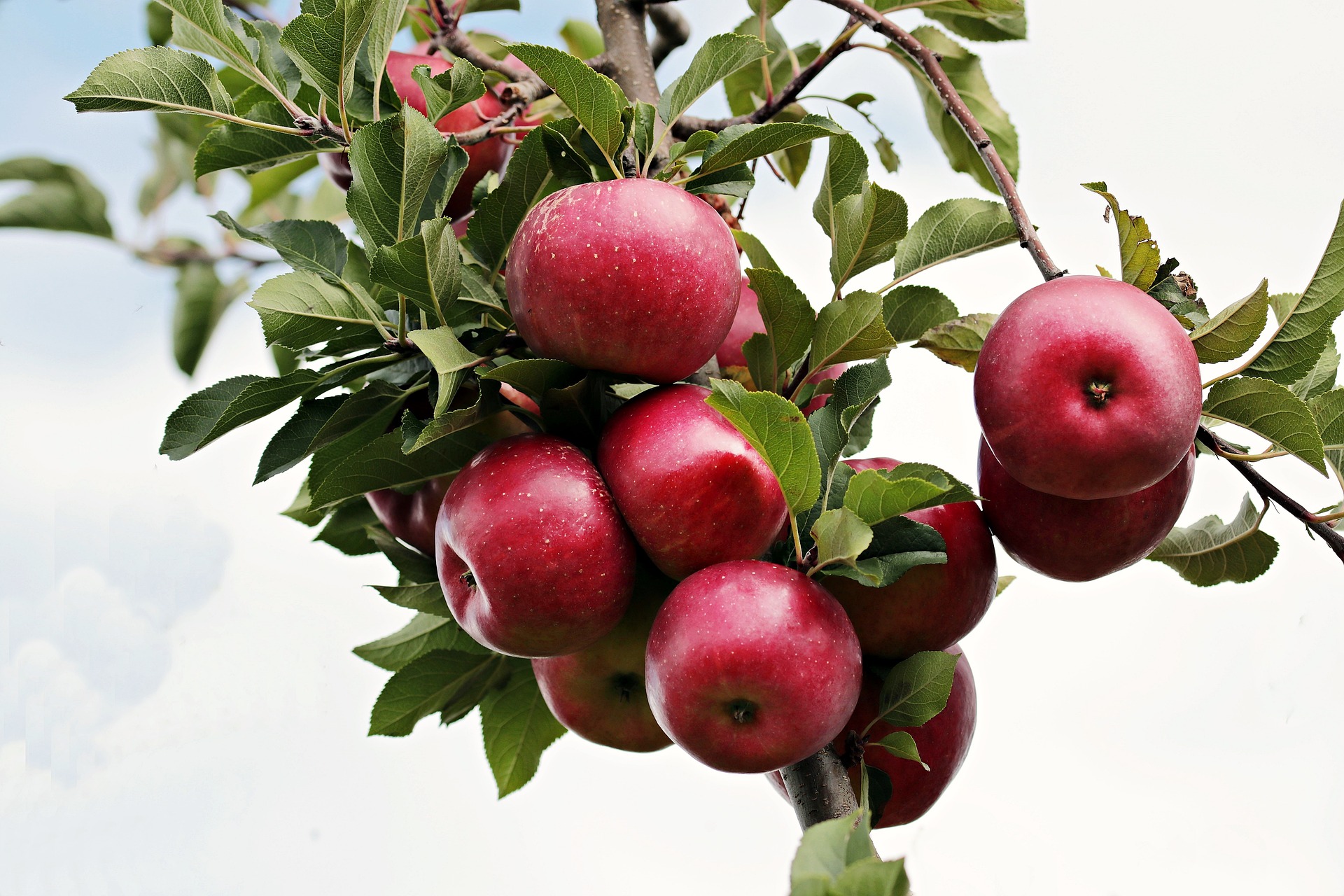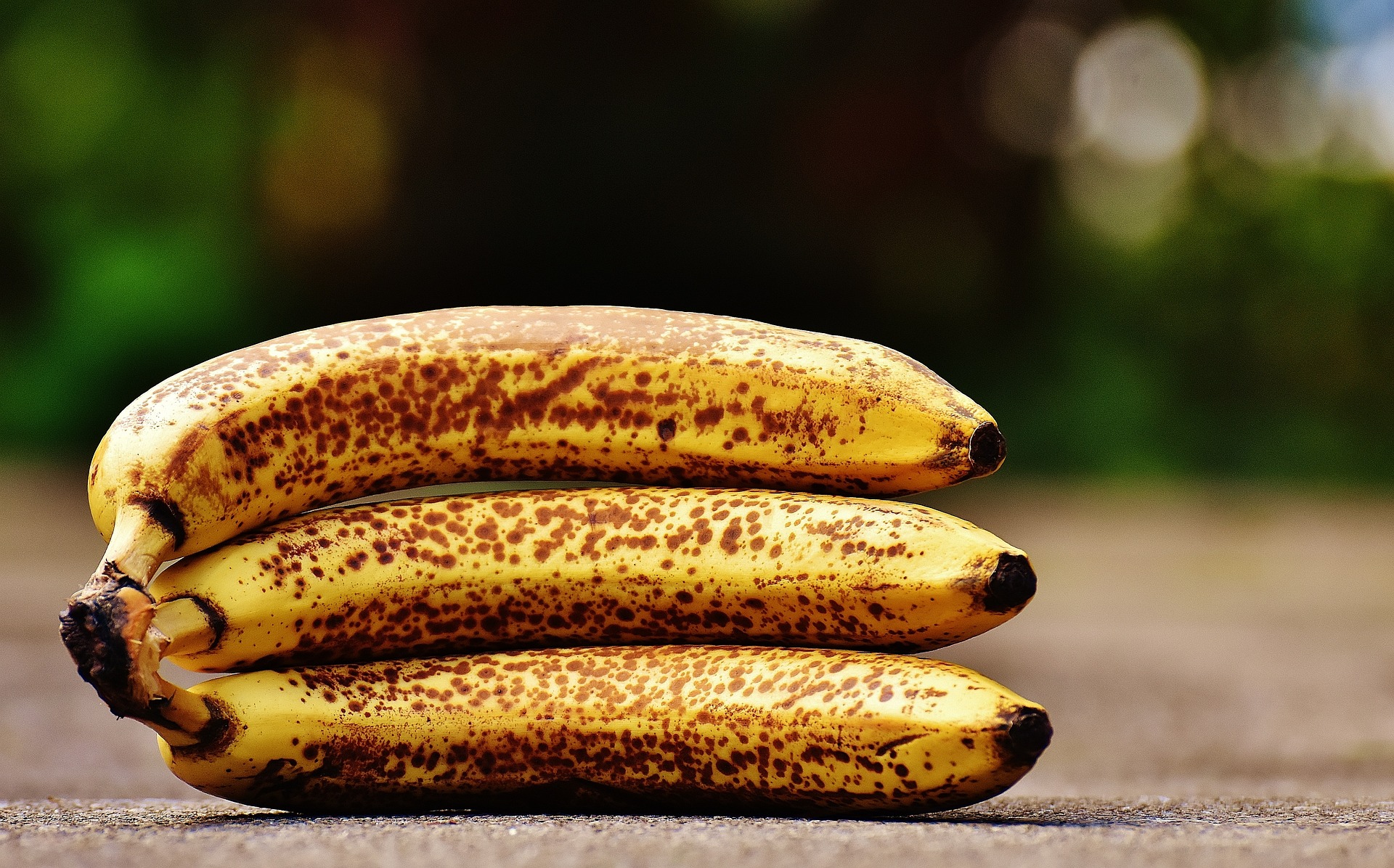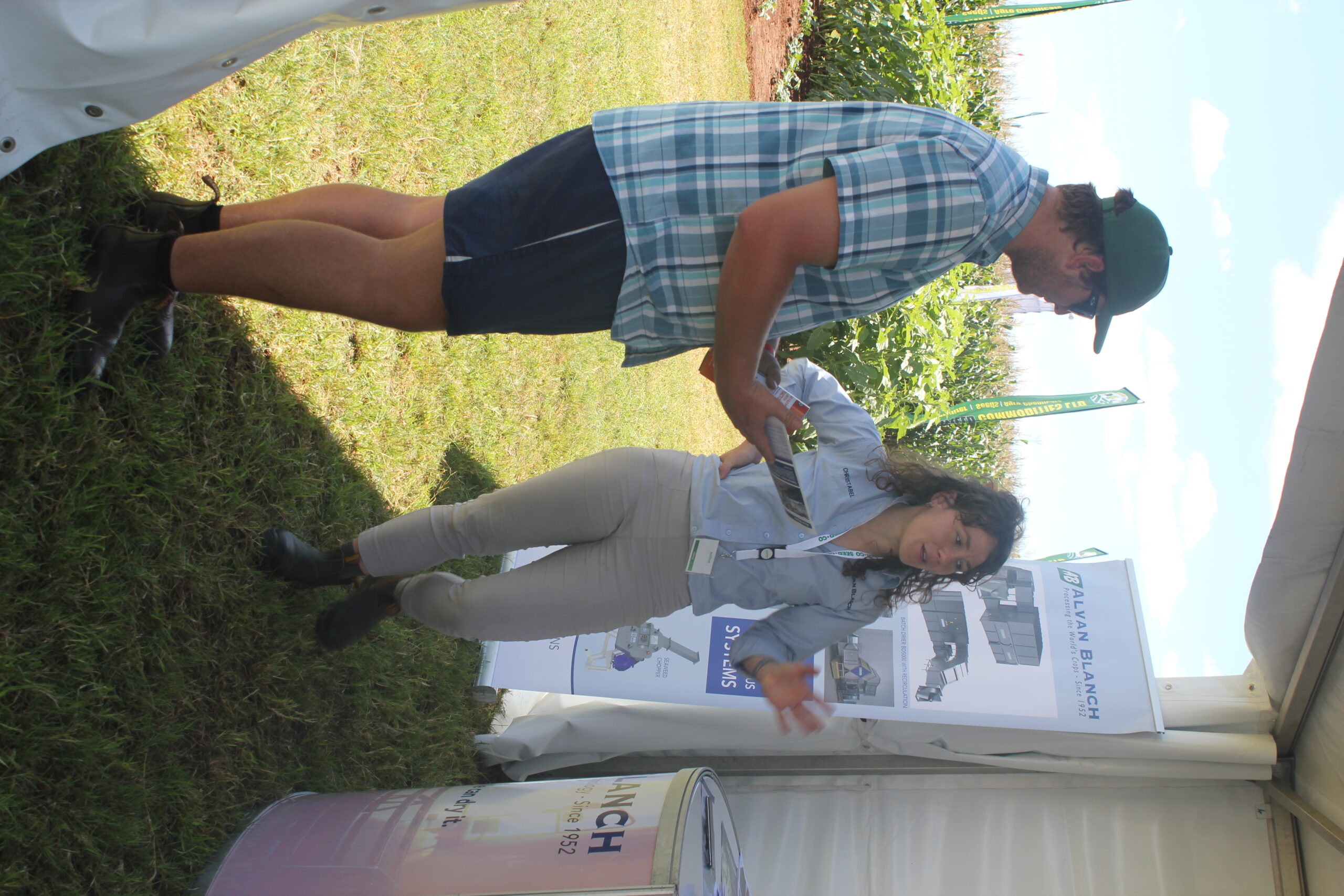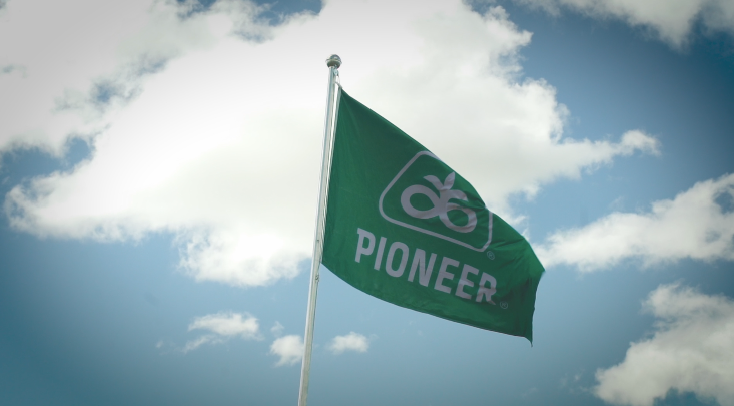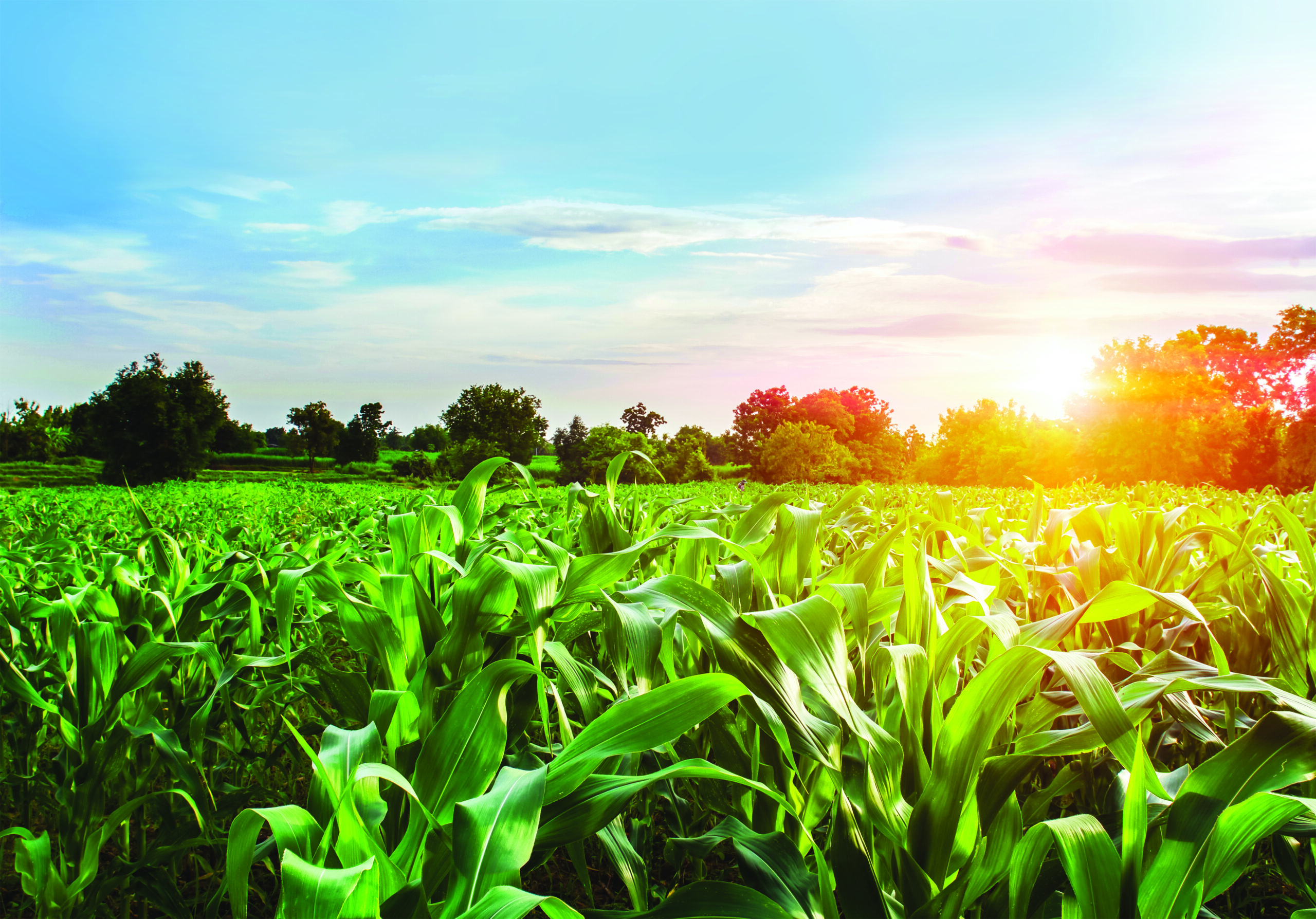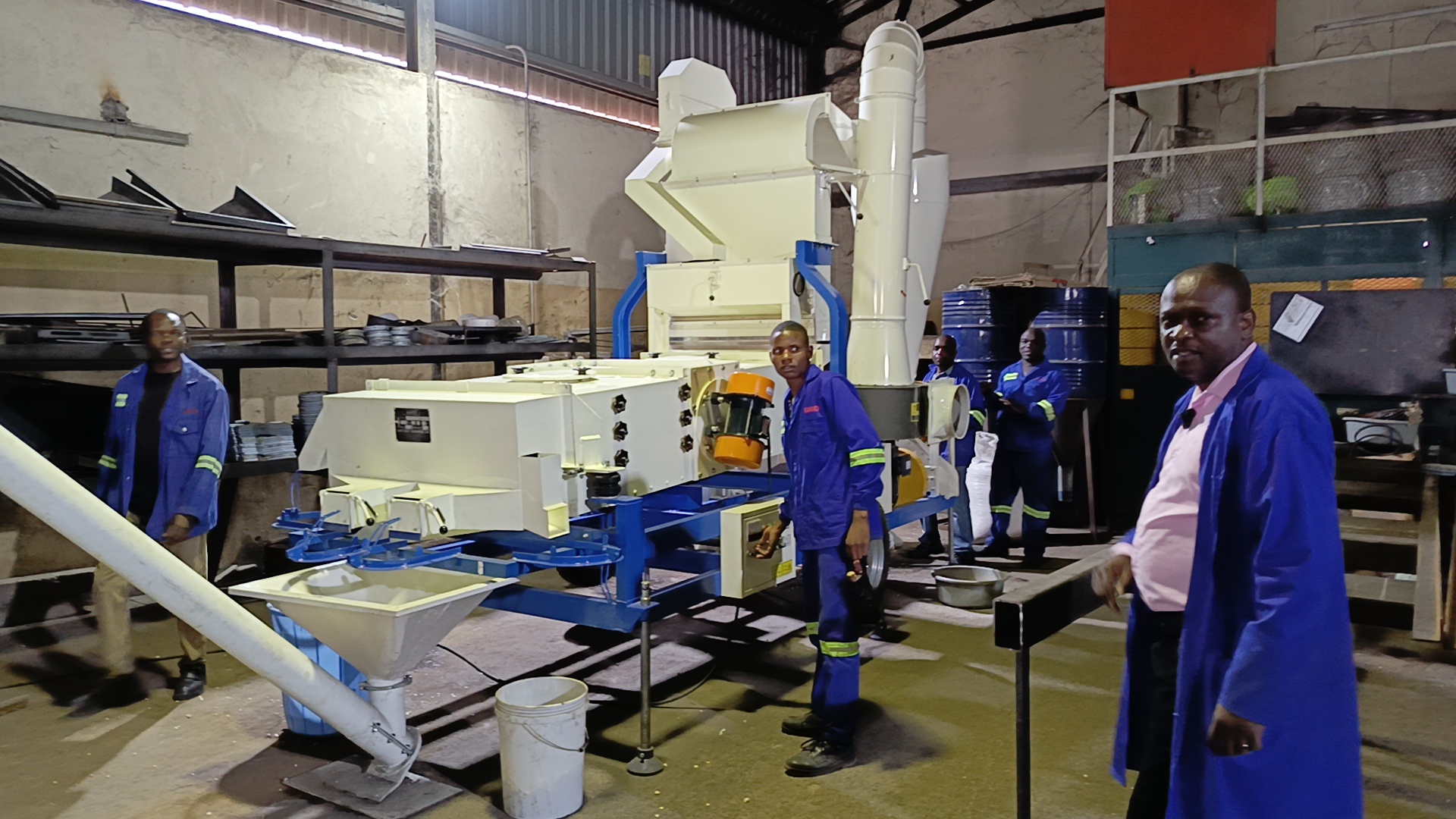Tomatoes are used in a variety of ways. Ripe tomatoes are consumed fresh or processed into purée, paste, powder, ketchup (tomato sauce), sauce and soup or canned as whole fruit. The unripe ones are pickled or used for preserves.
This article will serve as a step by step guide to make sure that you, the farmer, can produce the ultimate crop of tomatoes.
Climate and soil
The tomato is a summer crop and is very sensitive to frost. The plants will grow at their best if the day temperatures are between 20 ̊C – 24 ̊C. They can be very sensitive to moisture, heat and cold and it is recommended that they be grown in a greenhouse where these conditions can be controlled. Deep, well-drained loamy soil is needed for the tomatoes to grow at their best. Compost is very important to have a good crop. Make sure that the soil is loose, moist and well prepared before planting.
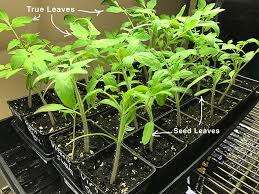
Photo: hyanniscountrygarden.com
Planting
Seeds should be planted about 1cm under the soil surface in seedbeds. As soon as the seedlings reach a height of about 5 – 7 cm they can be transplanted. The seedlings take 3 – 4 weeks to grow after sowing. When the seedlings are transplanted, they should be planted 40 – 50 cm apart within rows and 120 – 180 cm between rows. This will allow the plants to have enough space to grow while they mature.
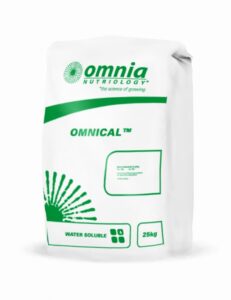
Photo: omnia.com
Fertilisation
The tomato plant needs a lot of nitrogen in the soil. It is recommended that 250 kg/ha be applied to achieve the best results. A quarter should be applied wh
en planting (60 kg/ha) and then again 60 kg/ha every two weeks for the first 8 weeks. Potassium and phosphorus are equally important and
should be applied in the same way and measurements as the nitrogen.
Irrigation
This is a very important part of tomato production. The plants should be watered at regular intervals without allowing the soil to dry out. Be careful not to give too much water because the plants can get diseases. Large scale tomato farmers favour sprinkler systems instead of drip- or flood irrigation.
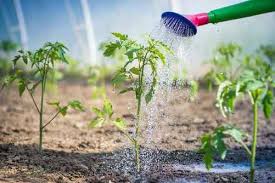
Photo: allotment-garden.org
Pests and disease control
To control these problems, it is best to plant resistant cultivars. It is good to use a crop rotation system so that the same plants do not grow in the same patch every season.
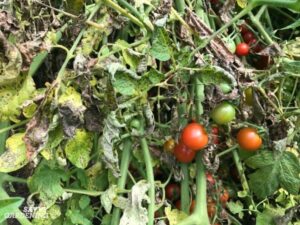
Photo: savvygardening.com

